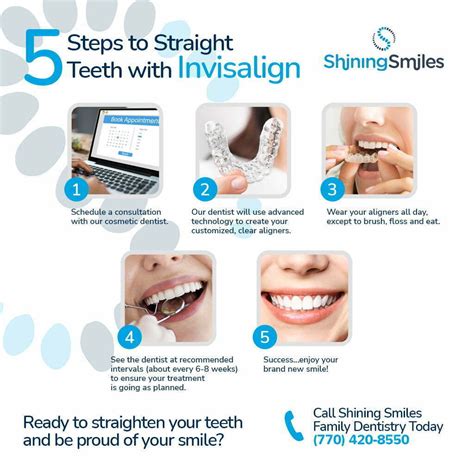Invisalign: The Quickest Way to Straight Teeth?
Invisalign has revolutionized orthodontic treatment, offering a discreet and convenient alternative to traditional metal braces. While often touted as a faster option, the "quickest" path to straighter teeth depends on several factors. This article will explore Invisalign's speed, the factors influencing treatment duration, and compare it to other straightening methods.
How Long Does Invisalign Treatment Typically Take?
The average Invisalign treatment time ranges from 12 to 18 months, but this is just an estimate. The actual duration is highly individualized and depends on the complexity of the case. Minor misalignments might be corrected in as little as 6 months, while more severe cases could require two years or longer.
What Factors Affect Invisalign Treatment Time?
Several factors influence how quickly Invisalign can straighten your teeth:
1. Severity of Misalignment:
The more severe the crowding, overbite, underbite, or spacing issues, the longer the treatment will take. Minor adjustments are quicker than extensive tooth movement.
2. Patient Compliance:
Wearing aligners for the recommended 20-22 hours per day is crucial. Consistent wear ensures the teeth move as planned. Inconsistent wear significantly prolongs treatment.
3. Regular Visits to the Orthodontist:
Scheduled check-ups with the orthodontist are essential for monitoring progress and receiving new aligners. Missing appointments can delay the process.
4. Individual Biology:
Each person's teeth and bone structure react differently to orthodontic treatment. Some individuals respond faster than others, regardless of the method used.
Invisalign vs. Traditional Braces: Which is Faster?
The speed comparison between Invisalign and traditional braces is not straightforward. While some studies suggest Invisalign might offer comparable or slightly faster treatment for certain cases, it's not universally faster. The complexity of the case remains the dominant factor. For straightforward cases, both methods could deliver similar results within a similar timeframe. However, severe malocclusions might take longer with Invisalign than with traditional braces.
Can I Speed Up My Invisalign Treatment?
While you can't magically accelerate the process, you can optimize your treatment by:
- Strictly adhering to the prescribed wear schedule: This is paramount for achieving the desired results within the projected timeframe.
- Attending all scheduled appointments: This allows your orthodontist to monitor progress and make necessary adjustments.
- Practicing good oral hygiene: Maintaining excellent oral hygiene prevents delays caused by gum disease or other oral health issues.
Is Invisalign Right for Me?
Invisalign is a great option for many adults and teens with mild to moderate misalignment. However, it may not be suitable for all cases, particularly severe malocclusions. A consultation with an orthodontist is necessary to determine the best course of treatment.
How Much Does Invisalign Cost?
The cost of Invisalign varies depending on the complexity of the case and the orthodontist's fees. It's generally comparable to the cost of traditional braces. Many orthodontists offer payment plans to make treatment more affordable.
Are there any downsides to Invisalign?
While Invisalign offers many advantages, some potential downsides include:
- Cost: Invisalign can be more expensive than traditional braces in some instances.
- Compliance: Requires strict adherence to the wearing schedule for optimal results.
- Not suitable for all cases: Severe malocclusions might not be treatable with Invisalign.
Conclusion:
While Invisalign is often presented as a faster option, the speed of treatment ultimately depends on the individual's specific case and adherence to the treatment plan. It offers a discreet and convenient alternative to traditional braces, but it's crucial to have a realistic expectation of the treatment duration. A consultation with a qualified orthodontist is essential to determine if Invisalign is the right choice and to understand the projected treatment timeline for your unique needs.

